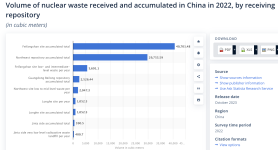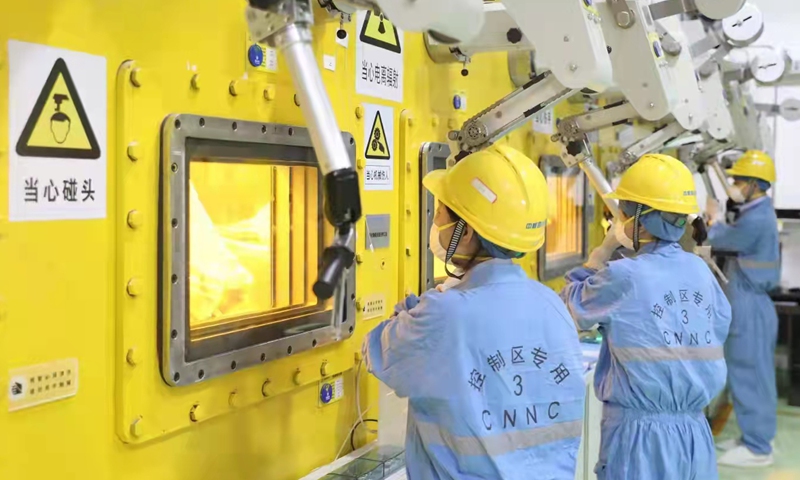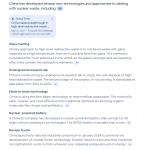Beijingwalker
Elite Member
- Nov 4, 2011
- 76,419
- 104,111
- Country of Origin

- Country of Residence

US 15 years behind China on nuclear power: Report

US 15 years behind China on nuclear power: Report
The United States is lagging behind China by up to 15 years in the development of advanced nuclear power technology, primarily due to Beijing's advantage to its state-backed approach to technology and extensive financing, as per a report released by the Information Technology & Innovation Foundation based in Washington.
"China’s rapid deployment of ever-more modern nuclear power plants over time produces significant scale economies and learning-by-doing effects, and this suggests that Chinese enterprises will gain an advantage at incremental innovation in this sector going forward," the report states.
Although the United States possesses the highest number of nuclear power plants, and the Biden administration considers nuclear energy crucial in combating climate change, no new nuclear reactors are currently being built in the country.
The last two large plants in Georgia, which came online in 2023 and 2024, were billions of dollars over budget and years behind schedule. Additionally, a high-tech plant that was planned to be built at a U.S. lab was canceled last year.
China, however, currently has 27 nuclear reactors under construction, with an average construction timeline of approximately seven years, which is significantly faster than other countries.
China's state-owned banks offer loans with interest rates as low as 1.4%, significantly lower than those available in Western economies. This benefits China's nuclear power industry allowing it to dominate sectors such as renewable power and electric vehicles.
The world's first fourth-generation high-temperature gas-cooled reactor came online at Shidao Bay In December last year. The China Nuclear Energy Association claims that the project involved the development of more than 2,200 sets of "world-first equipment" with a total localization rate of domestically produced materials of 93.4%.
However, China's nuclear industry has not been without challenges. The China Nuclear Energy Association has warned of a severe glut in nuclear component production and "excessive competition" driving down prices and causing losses.
Stephen Ezell, the report's author, suggests that if the United States is serious about nuclear power, it should develop a robust national strategy that includes increased investment in research and development, identifying and accelerating promising technologies, and supporting the development of a skilled workforce.
Ezell believes that "while America is behind, it can certainly catch up technologically." However, the US. department of energy did not comment on the report.











